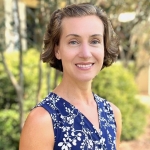All Posts

I remember exactly where I was when I heard that Marje Fecht was selected as the conference chair for SAS Global Forum 2014. This was April 2011, and I was at PURE Nightclub in Las Vegas. That's not my usual "clubbing" scene, but we were at the kickback party for

Even though I’ve worked as software technology marketer over the years, I have to admit that on a personal level I’ve probably related more to TV programming than software programming. When it comes to writing, I’ve always gravitated more toward crafting marketing communications than code. And when it comes to

In a previous post, I showed you how to send graphs with charttips & drilldowns in an email ... but what if you also need to send the graphs that you're drilling-down to? You guessed it - SAS also has a slick trick for doing that! When you create SAS graphs

In the movie, The Matrix: Reloaded, our heroes and the KeyMaker frantically navigated from world to world through a series of doors and locks trying to escape the villains. Fortunately for our heroes, the KeyMaker always had the right key on his ring, he just had to know what key
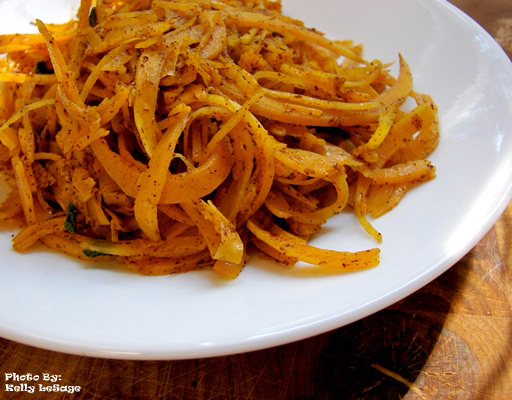

I began 2014 by compiling a list of 13 popular articles from my blog in 2013. Although this "People's Choice" list contains many articles that I am proud of, it did not include all of my favorites, so I decided to compile an "Editor's Choice" list. The blog posts on
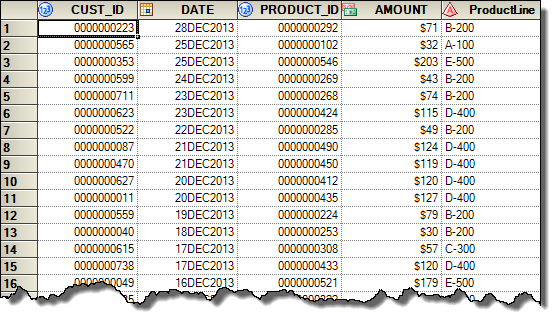
Recency, Frequency, and Monetary Analysis (or RFM) is a popular customer segmentation technique employed by database marketers everywhere. Marketers use RFM to identify which customers are most likely to respond to a direct marketing campaign. The model takes into account three simple metrics: How recently did the customer buy from
A large variety of graphs fall in the category of what I call a "Single-Cell" graph. This type of graph consists of a single data region along with titles, footnotes, legends and other ancillary objects. Legends and text entries can be included in the data area. The data itself is displayed
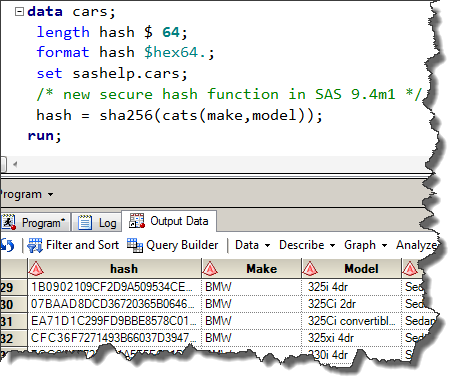
SHA256 and other hash functions are supported in SAS 9.4 and SAS Viya. It's better than MD5 as a cryptographic hash!

Wohl jeder hat es sich in seinem Berufsleben schon das ein oder andere Mal gewünscht: etwas weniger Kontrolle und etwas mehr Laissez-Faire. Der bewusste Verzicht auf Grenzen oder Vorgaben unterstützt einerseits den Freiraum, das Vertrauen und die Kreativität, birgt aber andererseits auch viele Risiken.

Watching the news recently it occurred to me that many of the stories involved data in some way. Many of the reports from the recent Consumer Electronics Show showcased products to enable users to create and use ever-growing personal collections of data. Want data on how well you sleep? No

Starting with SAS 9.4, not only will SAS administrators see lots of processes running on your operating system supporting the various SAS servers (such as SAS Metadata server), you will also see two new processes that have a description of “agent” running. Agents are software processes responsible for tasks such
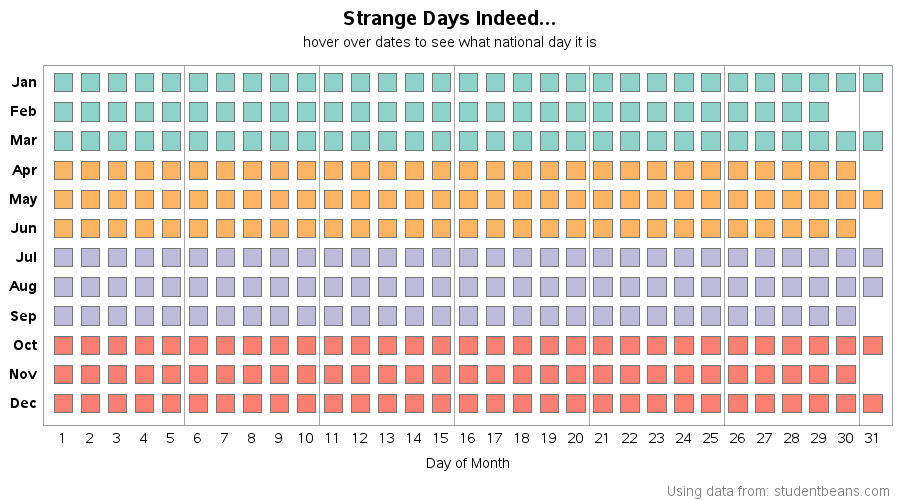
Every day of the year is an official 'national day' for something - here's a SAS chart to help you find which bizarre 'national day' falls on your birthday! I recently read an article that lists weird and unconventional national days. It was very interesting, but I found the data

Vector languages such as SAS/IML, MATLAB, and R are powerful because they enable you to use high-level matrix operations (matrix multiplication, dot products, etc) rather than loops that perform scalar operations. In general, vectorized programs are more efficient (and therefore run faster) than programs that contain loops. For an example
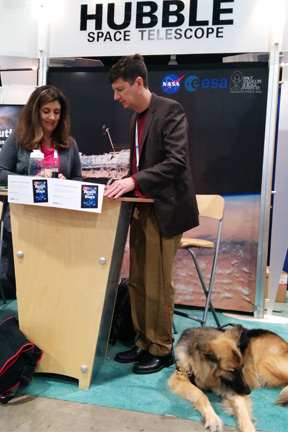
So Ed and I have started the new year right by taking a trip. We’re in Washington, DC for the 223rd meeting of the American Astronomical Society. (These dudes have been getting together for a long time.) Here’s the fun part: we’re showing off a cool new eBook that SAS




